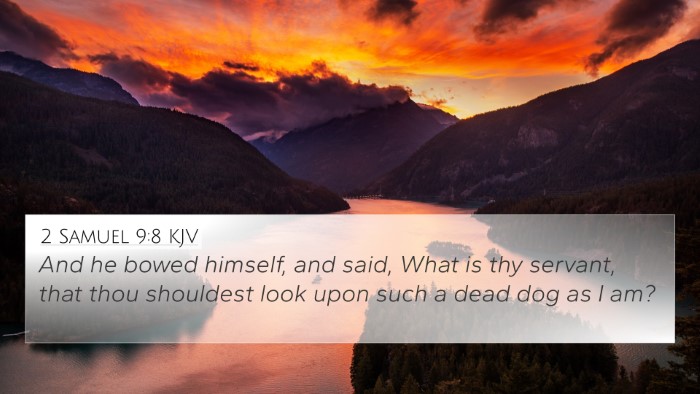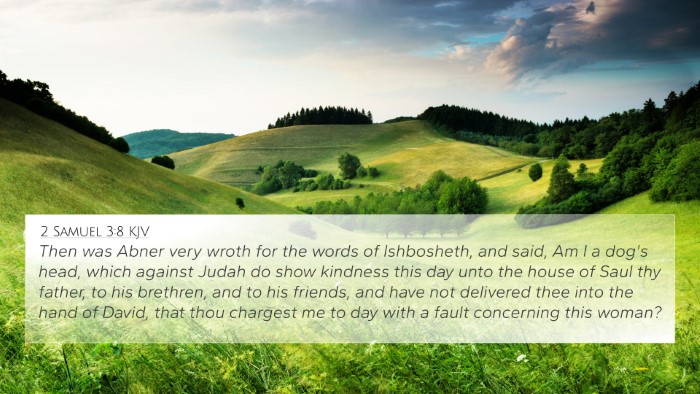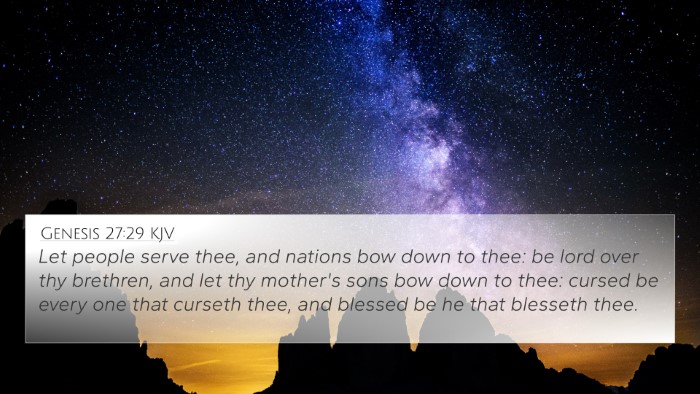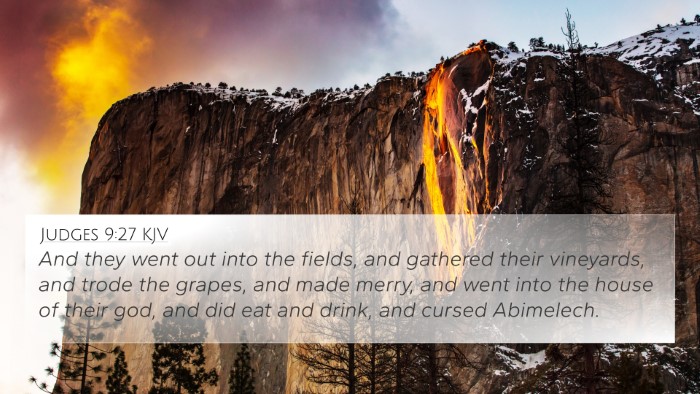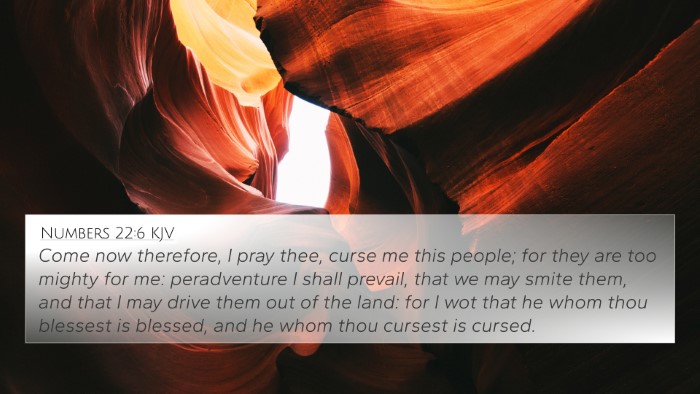Understanding 1 Samuel 17:43
Verse: "And the Philistine said unto David, Am I a dog, that thou comest to me with staves? And the Philistine cursed David by his gods."
This verse highlights the confrontation between Goliath, the Philistine warrior, and David, marking a pivotal moment in the biblical narrative. The exchange not only emphasizes the mismatch between the two combatants but also serves as a profound lesson in faith and divine assistance. Using various commentaries, we can explore the depth of meaning contained within this simple yet impactful verse.
Commentary Insights
Matthew Henry's Commentary
Matthew Henry emphasizes the audacity and arrogance of Goliath as he underestimates David's capabilities. The phrase "Am I a dog?" illustrates Goliath's disdain and contempt for David, whom he views as insignificant.
Henry notes that this contempt makes Goliath's eventual defeat even more significant. It illustrates God’s power through the seemingly weak and unassuming, thereby delivering a critical lesson on the importance of faith over might.
Albert Barnes' Notes
Albert Barnes points out that Goliath's curse represents his reliance on pagan gods, contrasting David’s dependence on the Lord God of Israel. Barnes explains that this encounter foreshadows not just a physical battle but a spiritual one, where God's sovereignty will ultimately prevail.
Barnes also interprets Goliath's insults as a reflection of his ignorance; despite his experience and size, he fails to recognize the power of David's faith, indicating that true strength is not always found in physical stature.
Adam Clarke's Commentary
Adam Clarke provides insight into the cultural aspects of this encounter. Clarke indicates that the manner in which Goliath addresses David, using animalistic language, speaks to the common military practice of demeaning one's opponent to assert dominance.
Clarke also notes that Goliath's curses underline the seriousness of their fight and the spiritual dimension involved, echoing a theme found throughout Scripture where the outcome often reflects divine will over human capabilities.
Thematic Connections and Cross-References
This verse is connected to several other biblical passages that enhance its understanding and significance:
- 1 Samuel 16:7: God looks at the heart, illustrating the contrasting standards of God versus man.
- Psalm 20:7: Some trust in chariots, but we trust in the name of the Lord, emphasizing reliance on God.
- Romans 8:31: If God be for us, who can be against us? This reaffirms God's supremacy in battles.
- 2 Corinthians 10:4: Our weapons are not carnal, but mighty through God. This aligns God's might with David's faith.
- 1 John 4:4: He who is in you is greater than he who is in the world, reflecting David’s assurance against Goliath.
- Matthew 10:28: Fear not those who kill the body but cannot kill the soul, reinforcing faith over fear.
- Ephesians 6:12: Our struggle is against spiritual forces, linking the physical battle to a spiritual reality.
Understanding the Context
The backdrop of 1 Samuel 17 involves a drastic cultural and religious conflict between Israel and the Philistines. Goliath’s taunts reveal a broader theme of faith versus fear, highlighting how external challenges often serve as catalysts for strengthening personal faith. The historical context of this encounter illustrates how God uses unlikely candidates, such as David, to accomplish His purpose, illuminating the ultimate triumph of faith over worldly strength.
Application for Today's Believers
For modern believers, this verse serves as a reminder that true power and victory come through faith in God, regardless of how insurmountable challenges may appear. The ridicule that David faced can resonate with anyone who has stood alone in their faith. Here, God demonstrates that it is the heart and reliance on Him that ultimately counts, suggesting that believers can confront their Goliaths, whether they are internal struggles or external adversities.
Conclusion
1 Samuel 17:43 is a rich text that illustrates the complexity of faith, challenges social perceptions of strength, and showcases God’s sovereignty over human affairs. Through a careful reading and understanding of commentaries, linking this verse with other scripture, believers can appreciate the myriad ways in which biblical texts connect and support one another, reinforcing core theological themes.
By exploring cross-references, themes, and the teaching methods displayed in this narrative, readers gain deeper insights into their spiritual walk and the power of faith in their lives.



